
Should you want to be on the bleeding edge, or in my case, don’t want to download 70MB each day in a daily snapshot (especially when I’m getting build errors), you can use Bit Keeper Free Bit Keeper Client that at least lets you download the MySQL Repository. This client doesn’t allow commits, which is a good thing for those non-gurus in mysql internals (which definitely includes me).
wget http://www.bitmover.com/bk-client.shar /bin/sh bk-client.shar cd bk_client-1.1 make
By placing sfioball in your path you can execute.
sfioball bk://mysql.bkbits.net/mysql-5.1 mysql-5.1
This took me about 4 mins, which seemed much quicker then getting a snapshot!
You can then get cracking with my instructions at Compiling MySQL Tutorial 1 – The Baseline.
A good reference in all this compiling is to take a good look at the MySQL Internals Manual. (which I only found out about recently)
If at a later time you want to update your repository to the latest, use the following command.
update bk://mysql.bkbits.net/mysql-5.1 mysql-5.1
Documentation References
5.1 Reference Manual – 2.9. MySQL Installation Using a Source Distribution
5.1 Reference Manual – 2.9.3. Installing from the Development Source Tree
5.1 Reference Manual – 2.13.1.3. Linux Source Distribution Notes
MySQL Internals Manual
Requirements for compiling
To confirm earlier notes on minimum requirements for compiling the following details should be confirmed.
automake --version autoconf --version libtool --version m4 --version gcc --version gmake --version bison -version

My results running Fedora Core 5.
$ automake --version automake (GNU automake) 1.9.6 $ autoconf --version autoconf (GNU Autoconf) 2.59 $ libtool --version ltmain.sh (GNU libtool) 1.5.22 (1.1220.2.365 2005/12/18 22:14:06) $ m4 --version GNU M4 1.4.4 $ gcc --version gcc (GCC) 4.1.1 20060525 (Red Hat 4.1.1-1) $ gmake --version GNU Make 3.80 $ bison -version bison (GNU Bison) 2.1
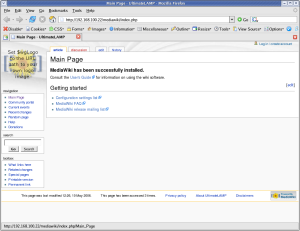
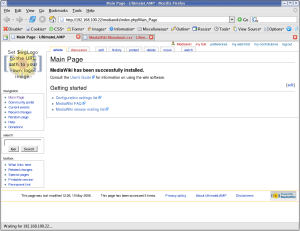

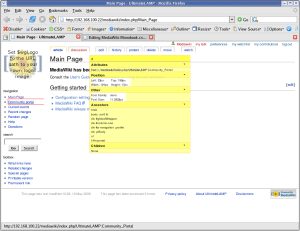
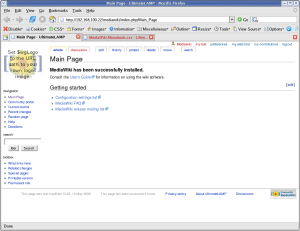
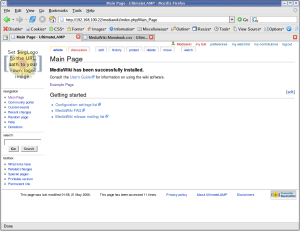
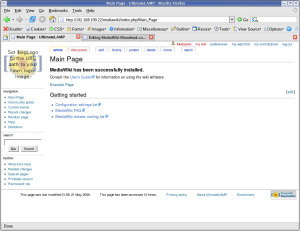
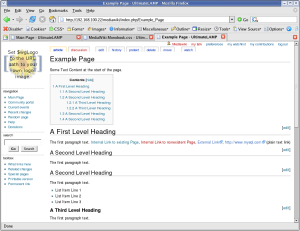
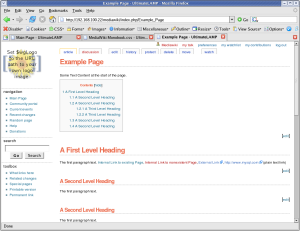
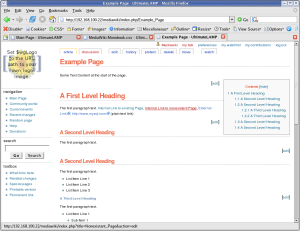
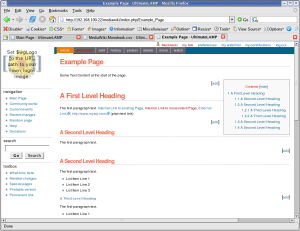
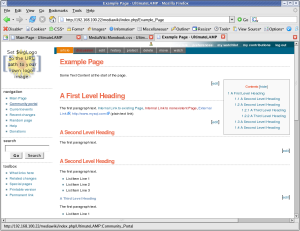
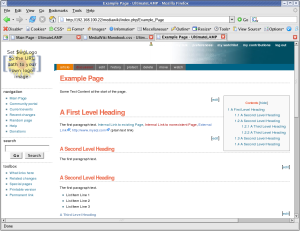







 Guy is author of O’Reilly “MySQL Stored Procedure Programming” Book. I managed to get for free at the conference from the MySQL Quiz night, in addition to a shirt and cap for stumping a Guru.
Guy is author of O’Reilly “MySQL Stored Procedure Programming” Book. I managed to get for free at the conference from the MySQL Quiz night, in addition to a shirt and cap for stumping a Guru.





